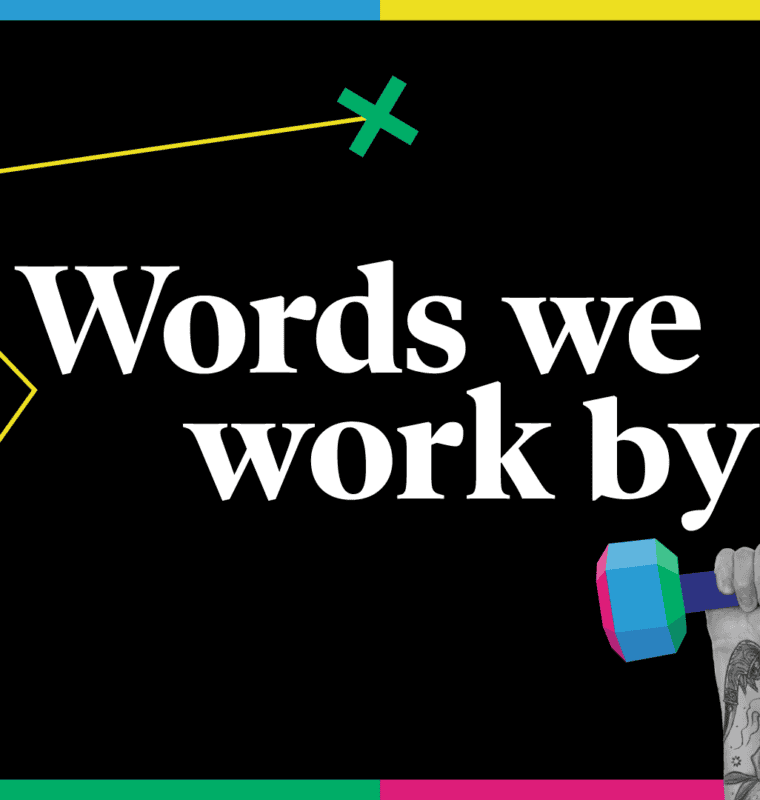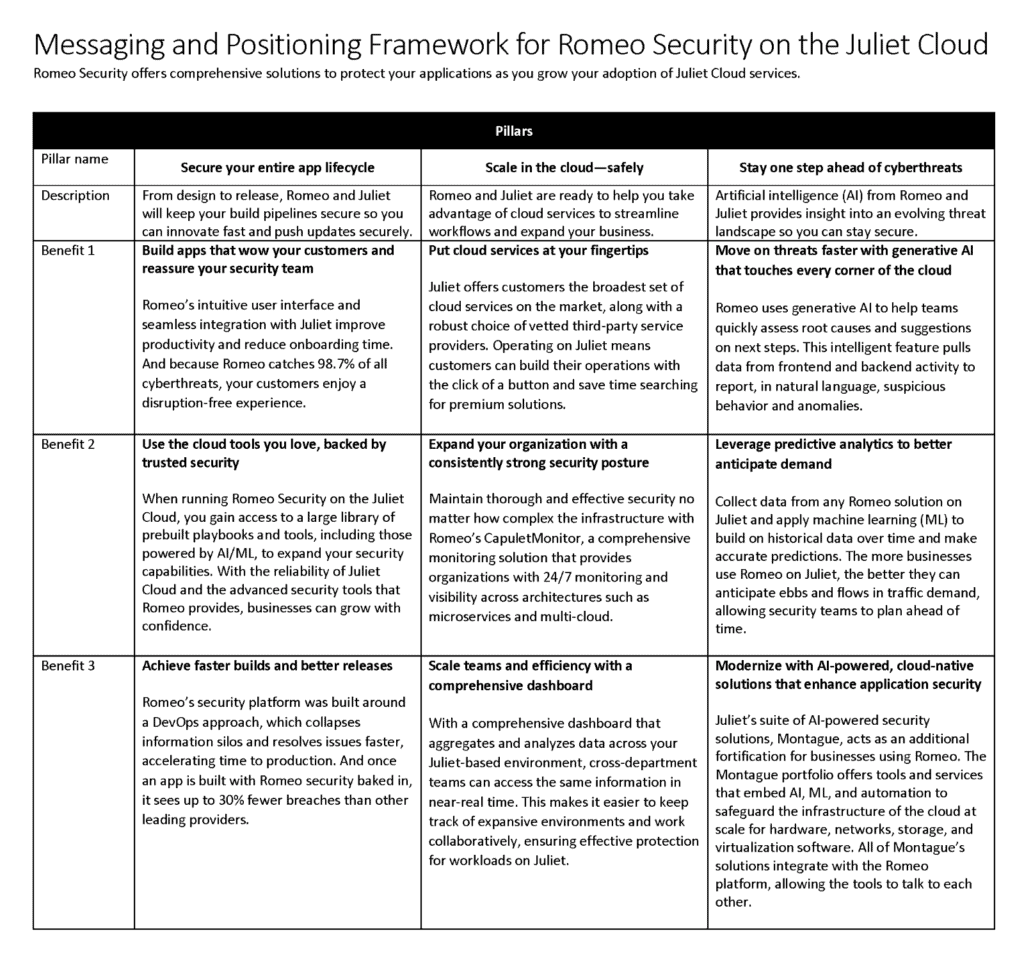
Image by Julianne Medenblik
Years ago, Mollie was perusing the selection at Seattle’s Elliott Bay Book Company when she noticed an interesting neon sign logo across the street. She’d never heard of this elusive “2A” before, so she pulled out her phone to look it up.
It was love at first Google, so she applied for a job. But it wasn’t to be—the position had just been filled. She left an impression though, and when a job opened up later, 2A reached out to her. But it was not to be (again)—she had already accepted another job. Eventually, the stars aligned, and Mollie took on freelance work with us until moving to a full-time position as one of our newest storytellers.
Rewind 15 years and the scene is a bit different. After graduating from college with a degree that focused on creative writing and marketing (dream combo!), Mollie felt an unexpected calling that she couldn’t deny: to run a funeral home. “Growing up, I was always the morbid kid,” Mollie said. “And this was a way for me to pair my curiosity about death with my desire to help others.” While she was determined to get into the business, she soon discovered that the male-dominated industry wouldn’t afford a young woman any apprenticeships. Shut out, she put it in her back pocket and moved on to her next adventure.
Cut to a short stint in nursing school (hey, it’s good to know what you don’t want), and then a move to California, where Mollie found herself copywriting for a school library. Running promotions for the library’s events helped her discover an interest in—and talent for—marketing. This led to positions at marketing agencies where she wrote for many industries, including healthcare.
Did we mention that Mollie was freelancing as a journalist on the side? The woman has hustle.
It was only after earning her Master of Fine Arts degree at Bennington College (for which she still writes articles and social media posts) that she landed in Seattle. Which brings us back to Elliott Bay books.
Mollie describes her path to 2A as zigzagged, which is so much more interesting than a straight line. And at every step, she’s brought the depths of her creativity with her. When she isn’t telling our clients’ stories by day, she’s writing her own by night. An author of both fiction and nonfiction, she recently completed an object lessons book about the saxophone and is refining a collection of personal essays. In addition to writing, Mollie enjoys cross-stitching. But not in a zigzag.





















